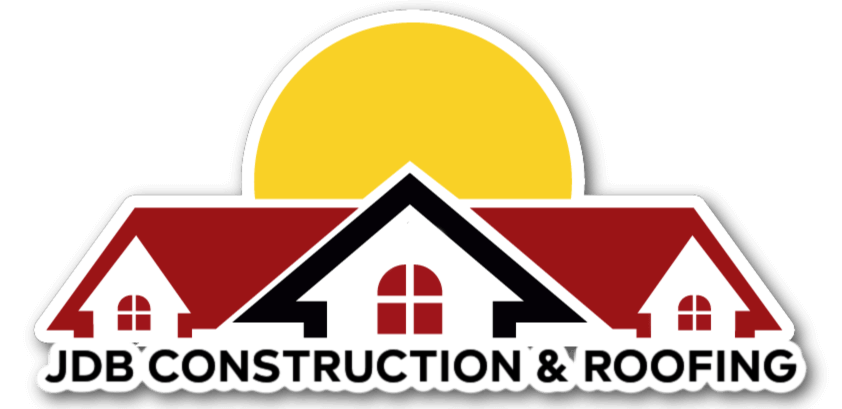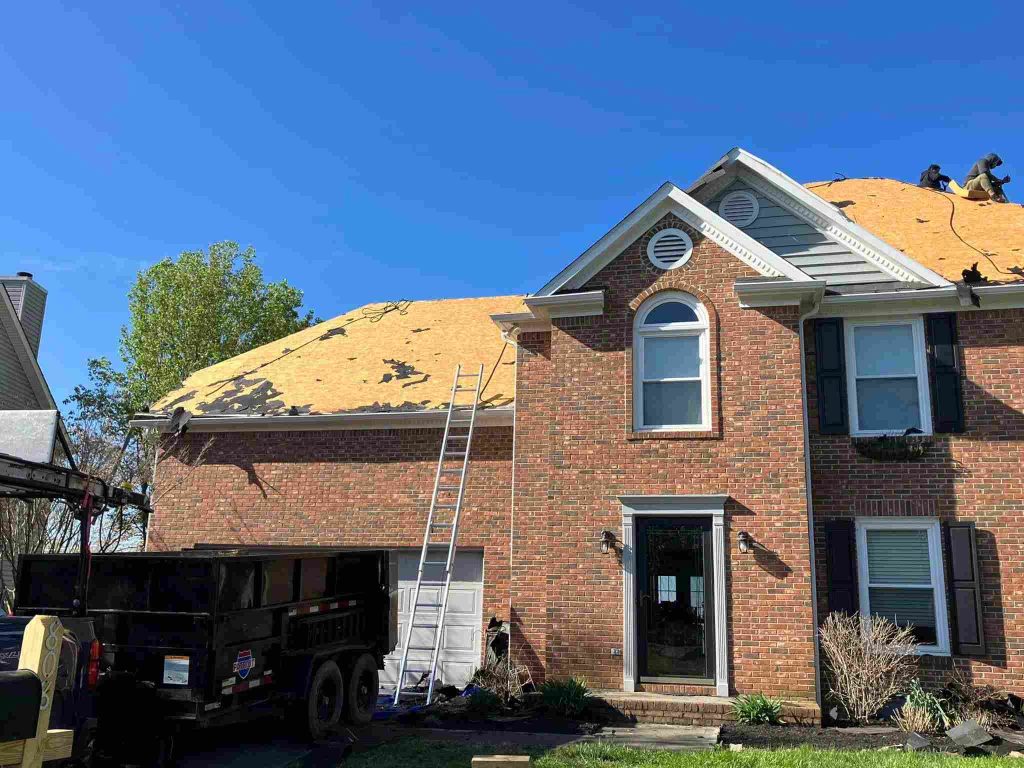Selecting the right roofing material is a critical decision for homeowners, directly impacting their property’s durability, aesthetic appeal, and long-term value. The debate between shingle roof vs slate roof represents a fundamental choice in residential roofing, with each material offering unique advantages and considerations. Homeowners must carefully evaluate factors such as initial investment, longevity, maintenance requirements, and architectural compatibility when making this important decision. Understanding the nuanced characteristics of both shingle and slate roofing options provides essential insights for making an informed choice that aligns with specific residential needs and preferences.
Roofing Material Characteristics
Shingle Roofing: Versatility and Affordability
Shingle roofing has long been a popular choice for residential properties, offering a balance between cost-effectiveness and functional performance. Asphalt shingles, the most common variety, provide homeowners with a flexible roofing solution that adapts to various architectural styles and climatic conditions. These roofing materials are manufactured using a combination of fiberglass or organic mat base, asphalt coating, and protective mineral granules that enhance durability and weather resistance.
The primary advantage of shingle roofing lies in its economic accessibility and relatively straightforward installation process. Homeowners can typically expect lower upfront costs compared to alternative roofing materials, making shingles an attractive option for budget-conscious property owners. Modern manufacturing techniques have significantly improved shingle quality, offering enhanced resistance to wind, moisture, and UV radiation. Additionally, the variety of colors and styles available allows for greater aesthetic customization, enabling homeowners to match their roofing precisely to their home’s exterior design.
Slate Roofing: Elegance and Longevity
Slate roofing represents the pinnacle of roofing sophistication, presenting a premium solution that combines extraordinary durability with unparalleled aesthetic elegance. Natural stone slate tiles are quarried and meticulously crafted to create roofing materials that can potentially last for generations. These remarkable roofing systems are renowned for their exceptional longevity, with some historic slate roofs remaining intact for over a century, demonstrating remarkable resistance to environmental challenges.
The inherent properties of slate provide extraordinary benefits beyond mere protection. Each slate tile is a unique piece of natural stone, creating a distinctive and refined appearance that immediately elevates a property’s architectural character. The material’s dense composition ensures superior water resistance, fire retardation, and minimal maintenance requirements. Homeowners selecting slate roofing can expect a roofing solution that not only protects their property but also serves as a significant aesthetic and value enhancement.
Comparative Analysis
Cost Considerations
When comparing shingle roof vs slate roof, financial implications play a crucial role in decision-making. Shingle roofing presents a significantly lower initial investment, with installation costs typically ranging from a fraction of slate roofing expenses. Asphalt shingles can be installed for approximately $3 to $6 per square foot, making them an economically attractive option for many homeowners.
Conversely, slate roofing represents a more substantial financial commitment, with installation costs potentially reaching $20 to $30 per square foot. While the upfront expense is considerably higher, the extended lifespan and minimal maintenance requirements of slate roofing can offset long-term expenditures. JDB Construction and Roofing recommends carefully evaluating the total cost of ownership, considering factors beyond initial installation expenses.
Durability and Lifespan
Shingle roofs typically offer a serviceable lifespan of 15 to 30 years, depending on material quality, installation precision, and environmental conditions. Modern architectural shingles provide enhanced durability and can withstand moderate weather challenges with appropriate maintenance. Regular inspections and timely repairs can help maximize the roof’s functional integrity.
Slate roofing dramatically surpasses shingle performance in longevity, with natural stone tiles potentially lasting 75 to 100 years or more. The extraordinary durability of slate means that a single installation can potentially serve multiple generations, representing a truly generational investment in residential infrastructure.
Installation and Maintenance
Shingle roofing installation is relatively straightforward, requiring less specialized skill and shorter project timelines. Most roofing contractors can complete shingle roof installations efficiently, minimizing disruption to homeowners. Maintenance involves periodic inspections, potential replacement of damaged tiles, and routine cleaning to preserve the roof’s appearance and functionality.
Slate roofing installation demands significantly more expertise, requiring specialized knowledge and skilled craftsmanship. Professional installers must carefully select, cut, and position each individual slate tile to ensure proper alignment and water-tight performance. Maintenance is comparatively minimal, with periodic professional inspections recommended to address any potential issues.
Environmental Considerations
Shingle roofing presents mixed environmental considerations. While traditional asphalt shingles contribute to landfill waste, modern recycling techniques and eco-friendly manufacturing processes are improving the material’s sustainability profile. Some manufacturers now produce shingles using recycled materials and design them for potential future recycling.
Slate roofing emerges as an environmentally superior option, being a natural, recyclable material with minimal processing requirements. The longevity of slate tiles means reduced material consumption over time, and the stones can be repurposed or naturally reintegrated into the environment at the end of their extensive lifecycle.
Conclusion
Selecting between shingle and slate roofing involves carefully balancing aesthetic preferences, budget constraints, and long-term performance expectations. Each material offers distinct advantages, and the optimal choice depends on individual homeowner requirements and property characteristics.


